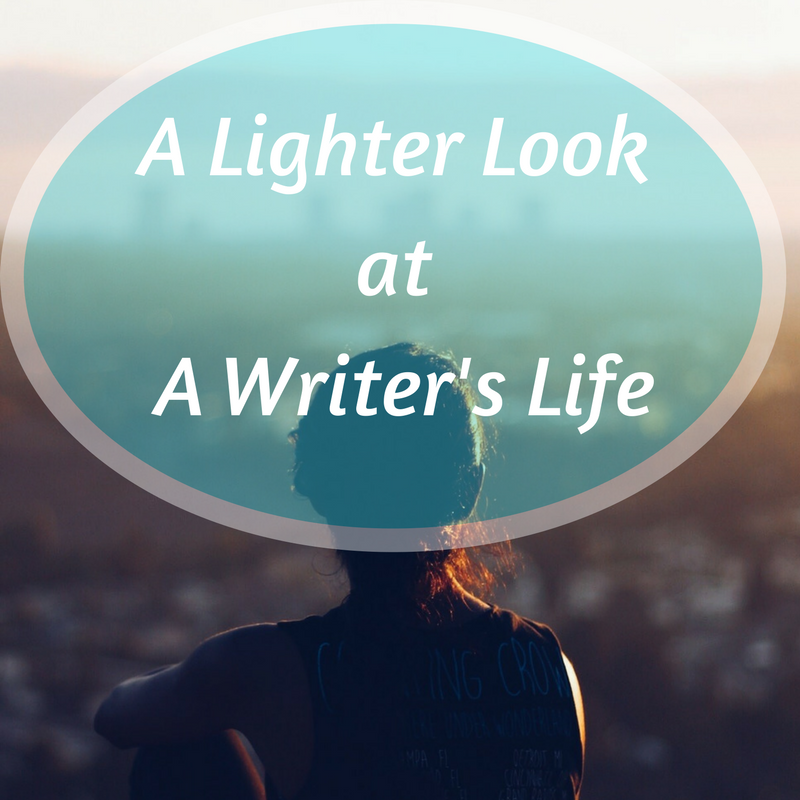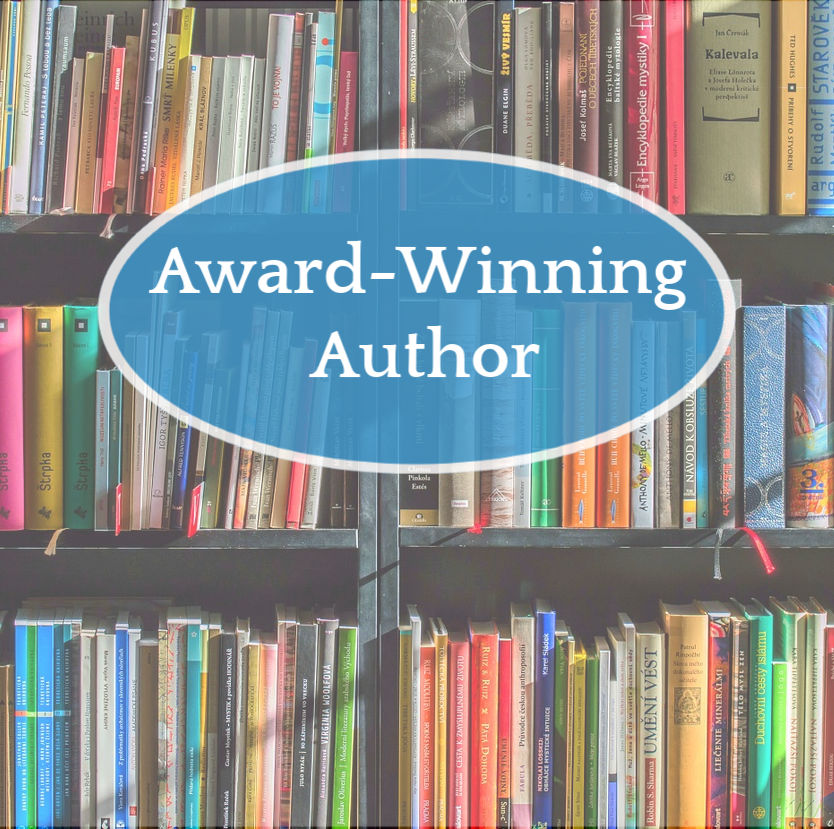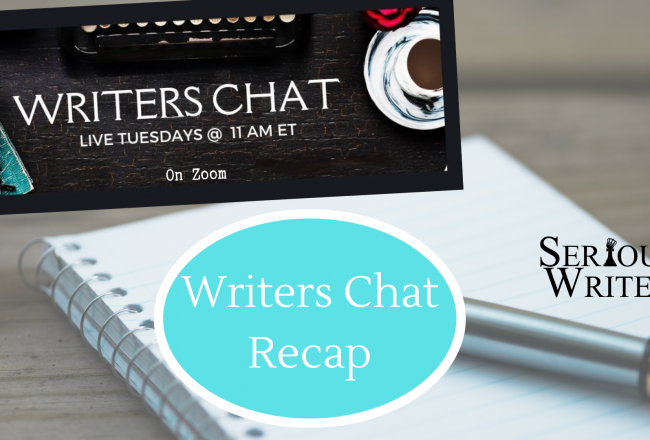
Common Error Comma Splices
Commas, commas, commas! There are so many rules, but the most common rule broken is creating a comma…
August 23, 2015
Commas, commas, commas! There are so many rules, but the most common rule broken is creating a comma…
August 23, 2015
OCD—Original Composition Disorder Sometimes it’s hard to be original—especially in today’s world. We see a good story, we like…
August 22, 2015
Today we’re going to talk about the benefits of tracking your writing submissions and learn an easy way to do…
August 21, 2015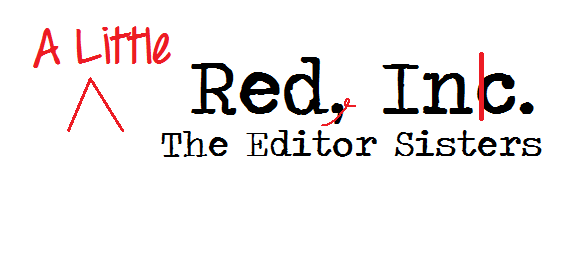
Why hire an editor if you’ve got a great critique group and you’re a grammar stud? Answer: A fresh…
August 20, 2015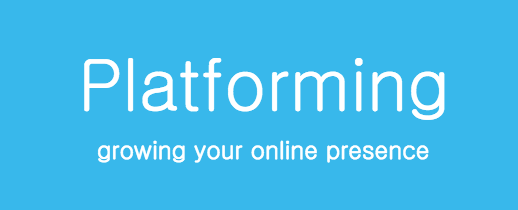
If you’ve never been a guest at another site, it can be intimidating. You take a risk by asking…
August 19, 2015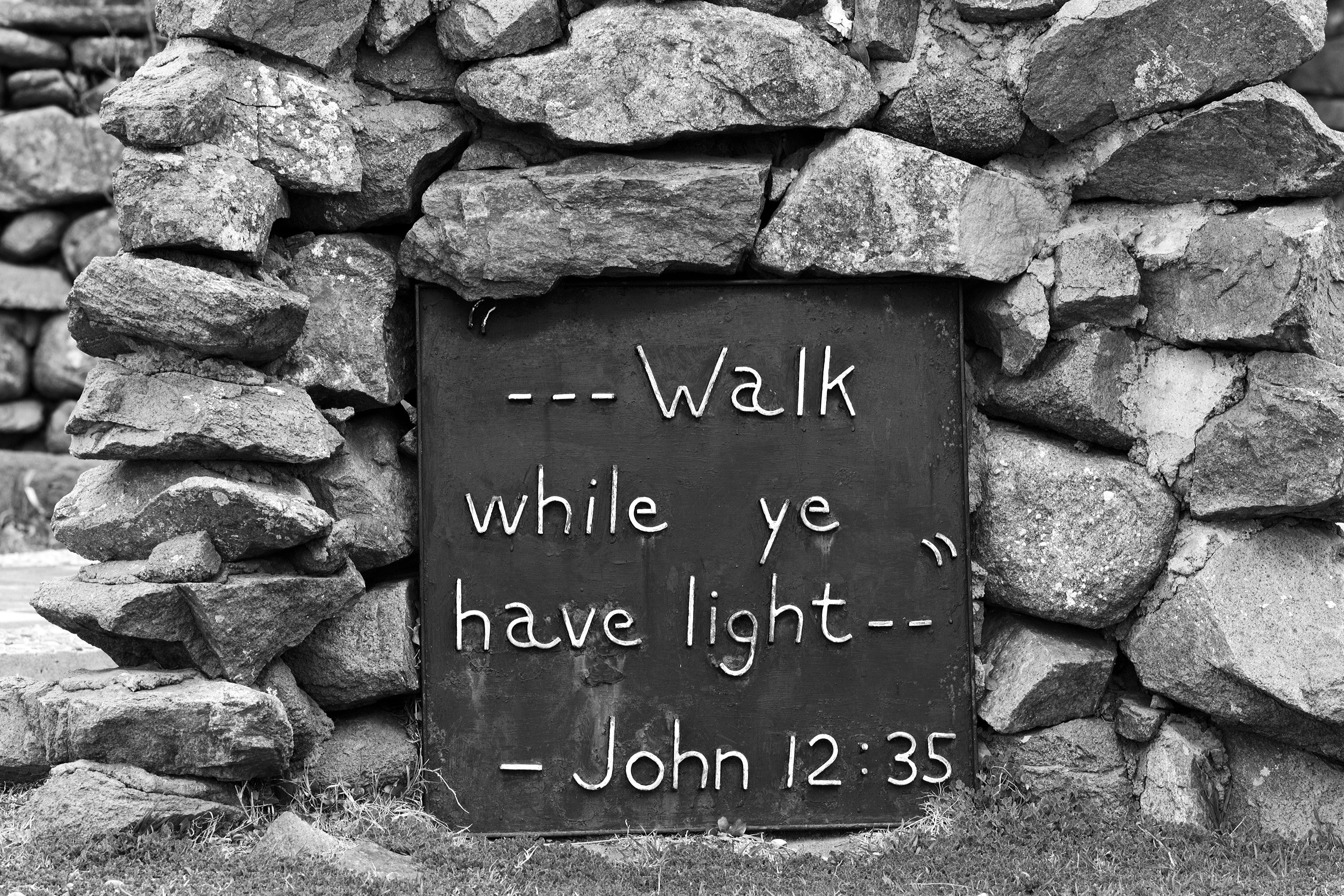
I write with one desire—the transformation of lives. I believe God has equipped me over the years through various…
August 17, 2015
What is it about a story that makes it compelling? Is it the characters? Is it the plot? Is…
August 17, 2015
I had just settled on our front porch swing with my yellow legal pad and favorite pen when Katie,…
August 16, 2015
Have you ever struggled with blank page disorder? I have. Most writers face this issue at one time or another. Sometimes…
August 15, 2015
[author title=”Bob Hostetler” image=”https://www.almostanauthor.com/wp-content/uploads/2015/07/Screen-Shot-2015-07-18-at-12.48.28-PM.png”]Bob Hostetler is an award-winning writer, editor, blogger, and speaker from southwestern Ohio. His books, which…
August 14, 2015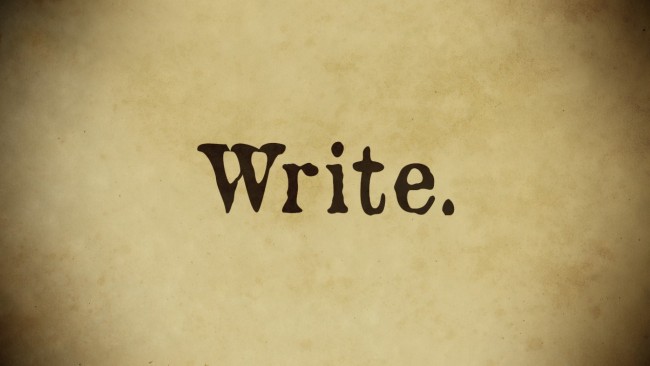
“Fill your paper with the breathings of your heart.” – William Wordsworth The breathings of our heart, our passion,…
August 14, 2015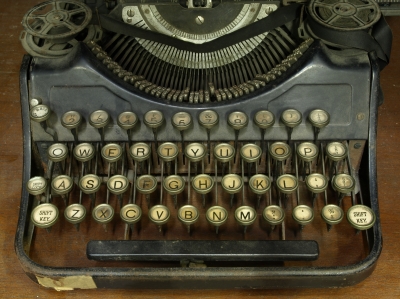
Discouragement happens to everyone at one time or another. When it visits creative writers, we sometimes begin to doubt.…
August 13, 2015
Searching for mobile apps to assist your travel writing efforts? Search no more! Weekend warriors and global travelers alike…
August 12, 2015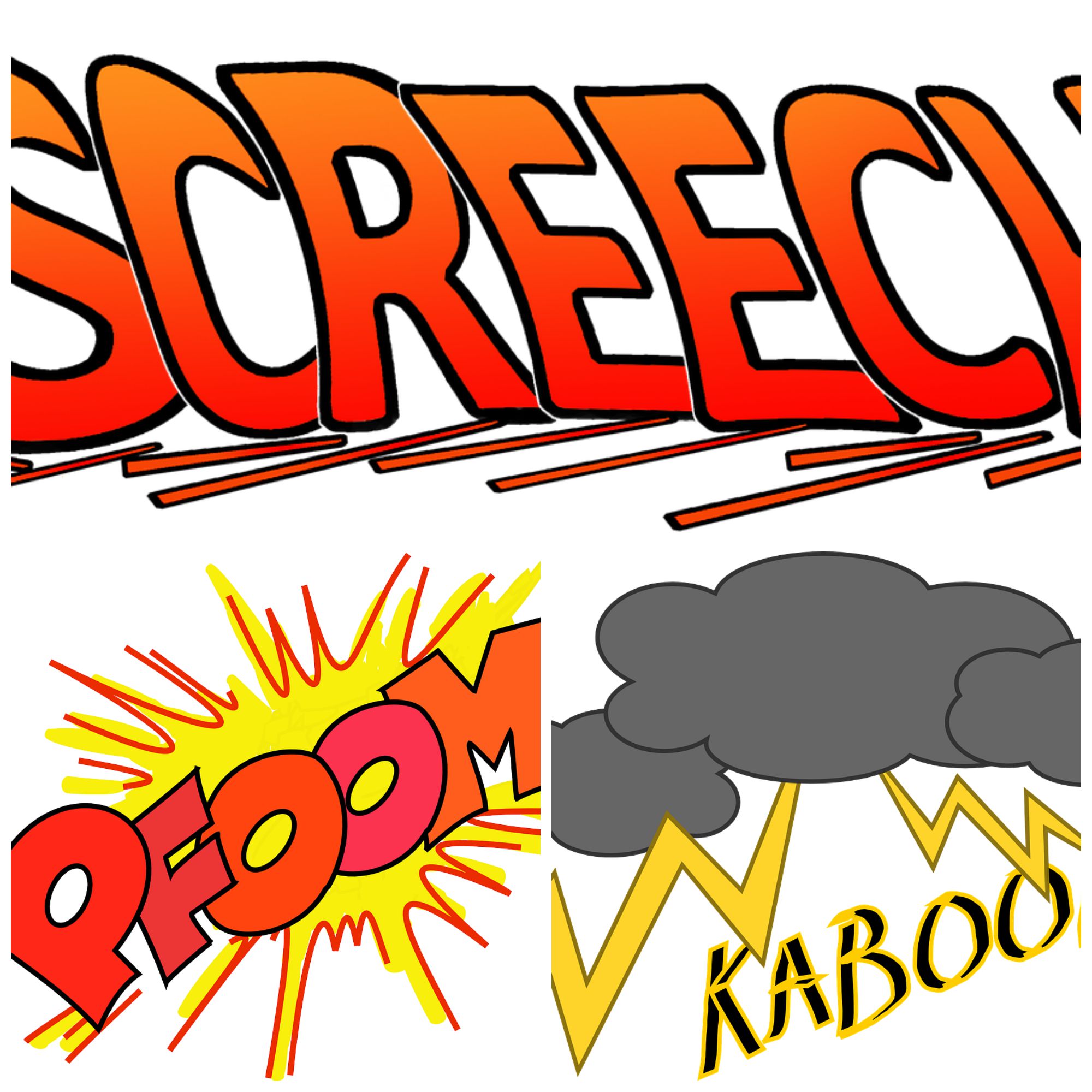
Onomato-what? Onomatopoeia is what makes your picture books pop! It’s the smooth, silky, wispy words that tap into other…
August 11, 2015
Punctuation and grammar come easily to me. I remember rules from elementary school, can recite a whole list of…
August 10, 2015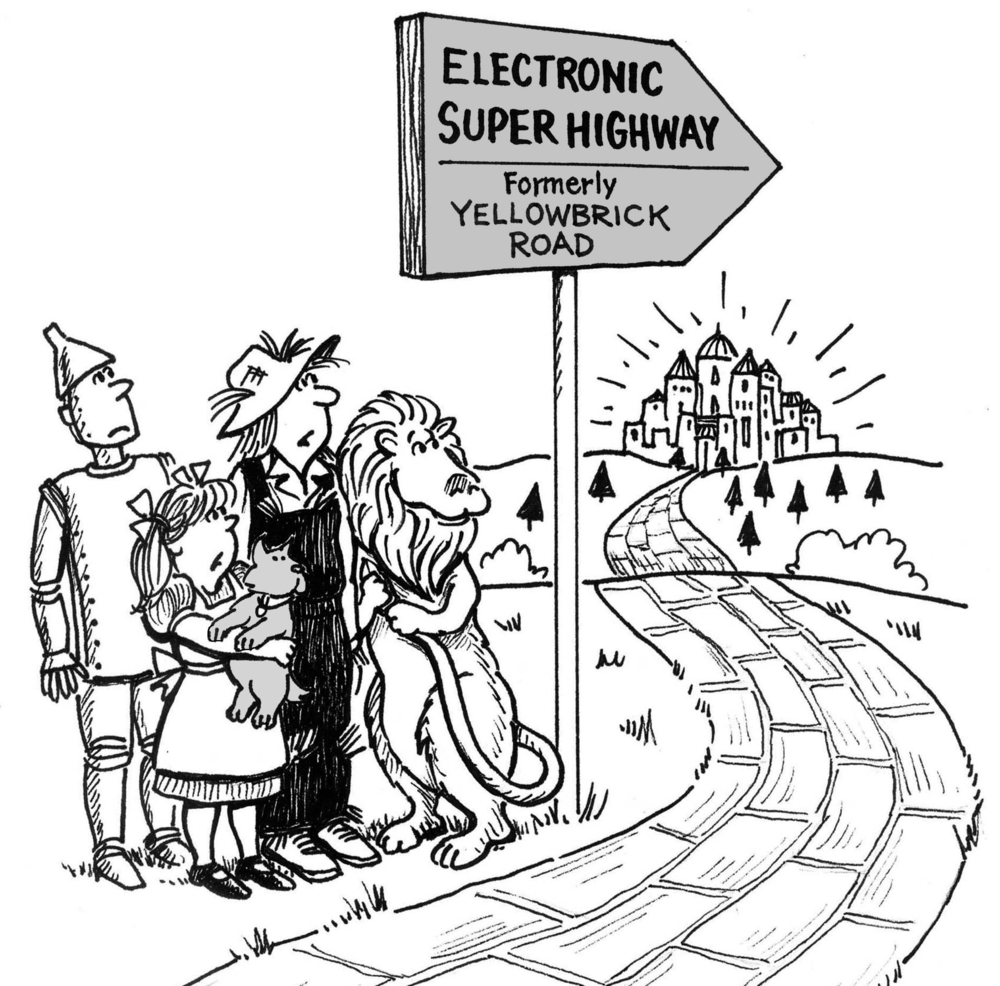
‘You have plenty of courage, I am sure,” answered Oz. “All you need is confidence in yourself. There is…
August 9, 2015
Have you ever received a negative review of your writing? You know, the kind that makes you want to…
August 8, 2015
One of the most beautiful passages in Scripture that expresses God’s providence, as well as, being one of the…
August 7, 2015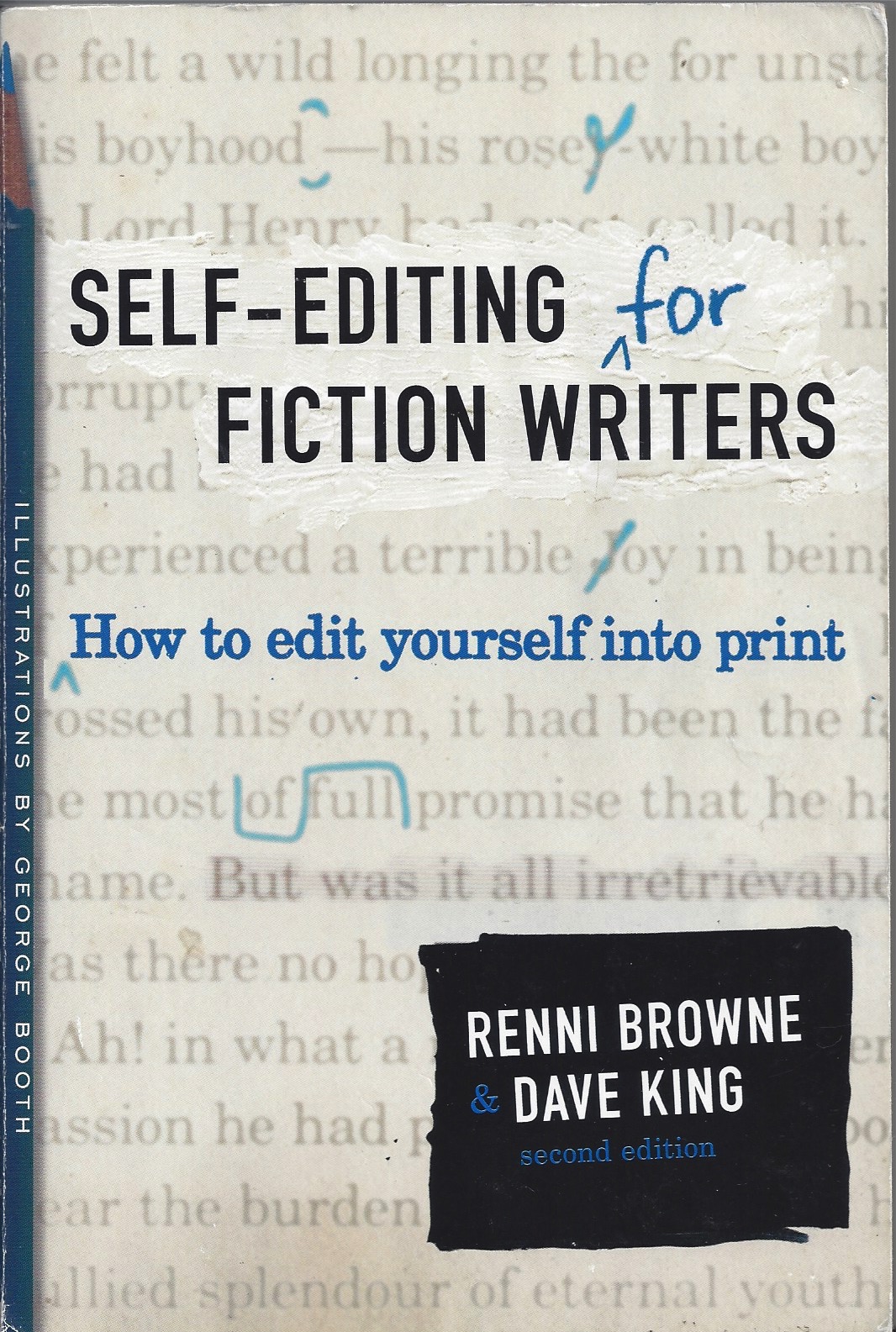
I used to write for VeggieTales, and if you’re familiar with the antics of Bob the Tomato and Larry…
August 6, 2015
[author title=”Rachel Hauck” image=”https://www.almostanauthor.com/wp-content/uploads/2015/07/Hauck_3049_WBP-1.jpeg”] Rachel Hauck is a USA Today Best Selling, and award-winning author of critically acclaimed novels…
August 5, 2015
Last month we looked at writing fictitious, sentient creatures within our own universe. In summary, God has a plan…
August 4, 2015
Do you need a website as an author? Let’s think about this for just a moment. In this day…
August 3, 2015
Devotions: Seeds to Grow Faith I still have a copy of the first sermon I ever preached. Imagine trying…
August 2, 2015
I’ve been to many writers conferences and even serve on the planning committee of one event, and I always…
August 1, 2015
Very few people take a trip without a destination in mind. When we travel, good planning makes for a good…
July 31, 2015
